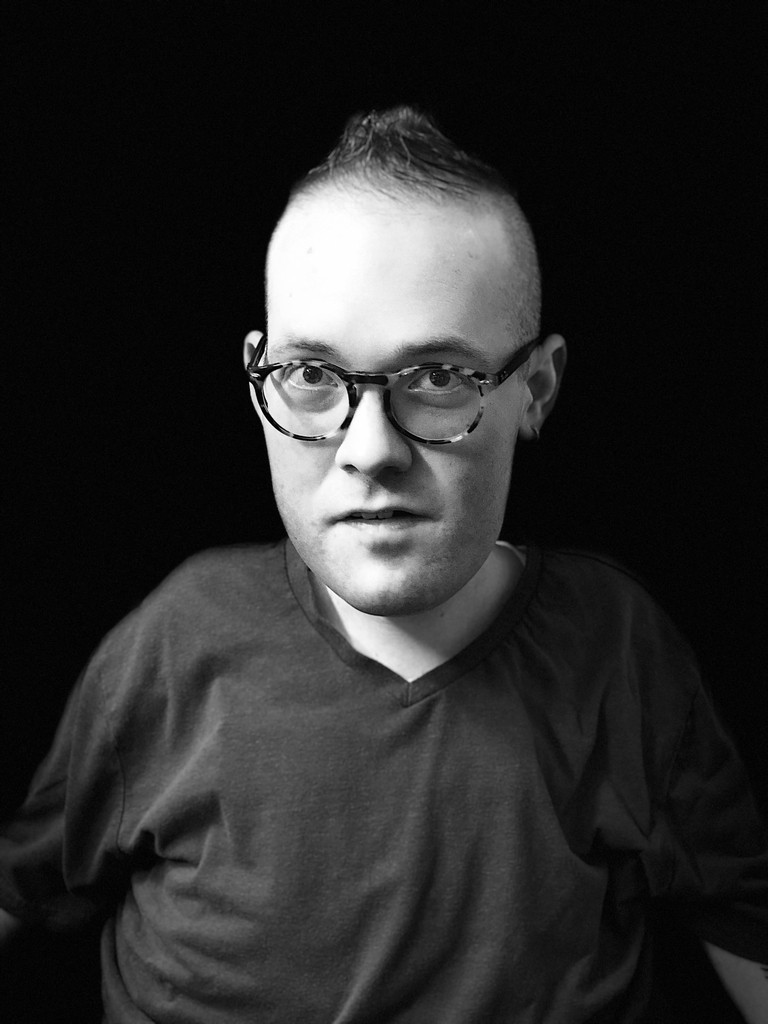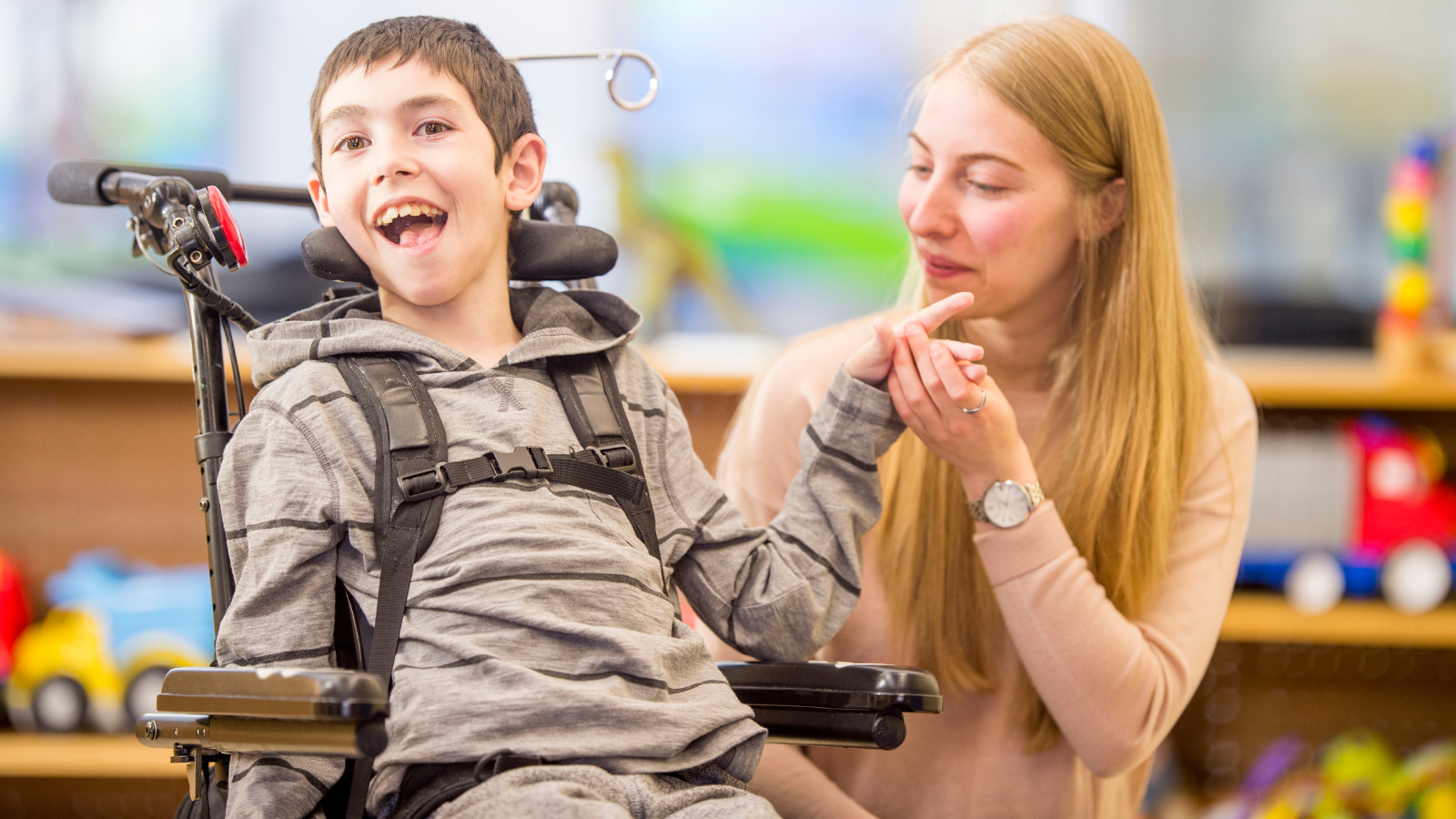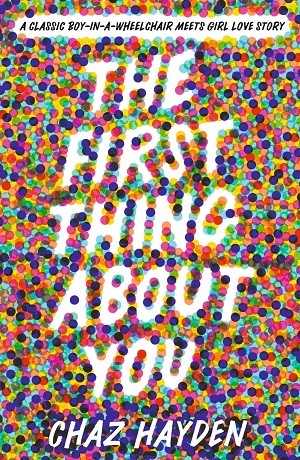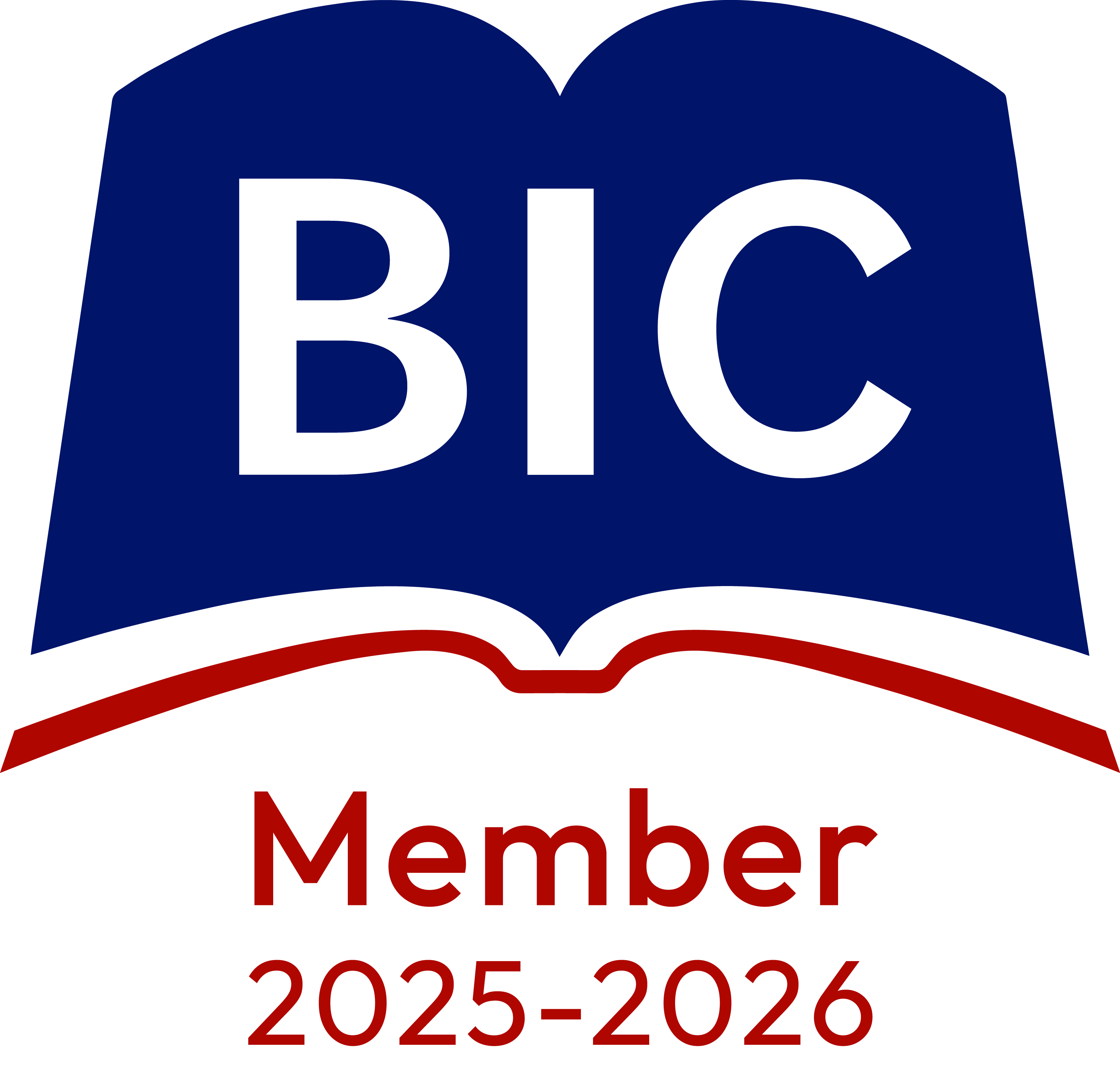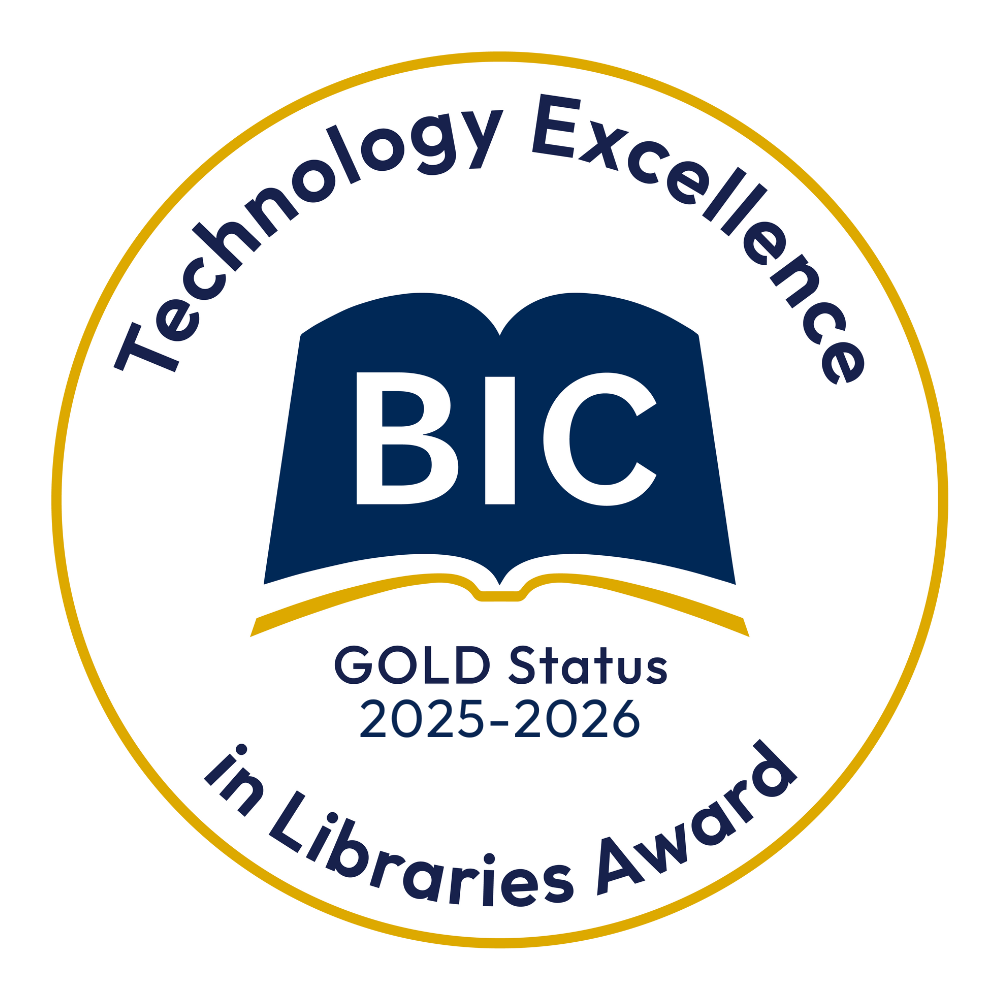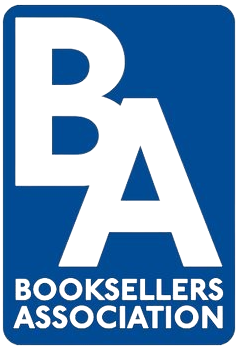Please note: We will continue to deliver your books and furniture until Thursday 18 December for schools, and Tuesday 23 December for public libraries. We will then close for the Christmas break, with deliveries resuming from Monday 5 January 2026. We wish all of our customers a very merry Christmas and a Happy New Year!
For help, advice and telephone ordering call our team on 0121 666 6646
Are you sure you wish to delete this basket?()
This action cannot be undone.
Sorry, something went wrong
Please report the problem here.
Giving disabled students a voice: how to encourage inclusivity in your classroom
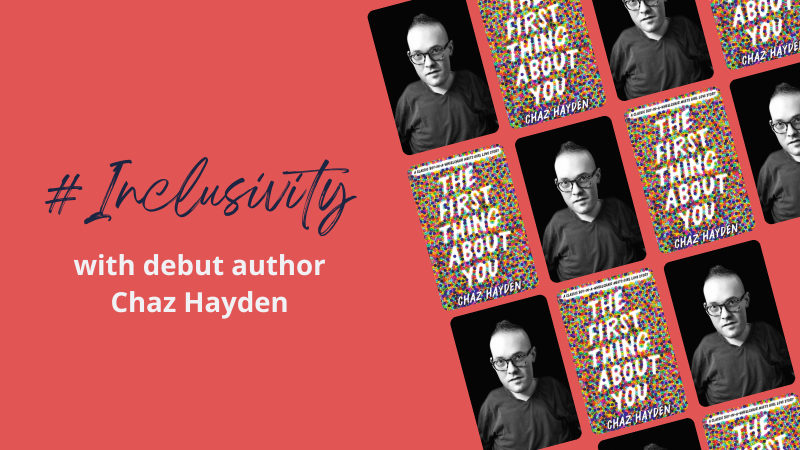
October 19th 2022
A 2019 Cooperative Children's Book Council study found that only 3.4% of all children's literature has a disabled main character, despite the disability charity Scope reporting that 9% of children in the UK are disabled. And with many of these books containing harmful stereotypes - including disabled people being a burden to their family or able to 'overcome' their disabilities - disabled children and teenagers are less likely to be able to see themselves in non inclusive books or benefit from the empathy and understanding of their peers. In his debut novel, American writer Chaz Hayden uses his own experiences of school to help illustrate the ways that teachers can better support and include disabled students with books about diversity.
The First Thing About You tells the story of 15-year-old Harris, a disabled American student with a genetic neuromuscular disorder called spinal muscular atrophy. After moving with his family from California to New Jersey, Harris is determined to be seen for more than his wheelchair, and begins a journey that includes making friends, falling in love for the first time, and ultimately finding himself. Along the way, he is subjected to several instances of ableism, which is intentional and unintentional discrimination against disabled people.
"The actions and dialogue from Harris’s school may seem far-fetched, but I can sadly assure you that they aren’t," says Chaz. "These are real experiences that many students with disabilities have to deal with all over the world. In fact, Harris’s battle with the school is very similar to my own and that of many other disabled people I’ve met. It may seem cartoonish, but Harris’s difficulty at school is the most authentic part of my book's representation of disability. And it's not through his choice."
Enable students to embrace their disabled identity with children’s books about diversity
Disabled identities are nuanced, particularly for marginalised groups, including non-white, working class and LGBTQ+ students. Bullying can also lead disabled students to try to 'mask' their disability. To help students to embrace their disabled identity and build confidence, it is important that their individual experiences are listened to and accepted by their peers and teachers.
"When I started writing The First Thing About You, my intention was not solely to write a disability-centric story about inequality and how inaccessible the world is," says Chaz. "I felt if that was at the front of my mind, then I’d be writing from a place of anger. But Harris isn’t an angry person, and neither was the story I wanted to write. However, as a disabled person, I knew I had experiences of dealing with my disability that I felt strongly about sharing with both disabled and able-bodied people. Those experiences are woven into the fabric of my everyday life - particularly the barriers I faced as a student."
High-quality, representative children’s books about diversity, anti bullying books, andinclusive books about disabled experiences can help students and education providers to gain a better understanding of the issues faced by their disabled classmates and create an inclusive environment. Transition from primary to secondary school can be particularly difficult for students with disabilities, and clubs can help them to make friends and develop their personality in a safe space. Exposing other children to disability could also help to prevent future exclusion and discrimination.
Encourage empathy and awareness of disability language
Inclusive books is just one step. Students will watch and mirror how their teacher speaks to and about disabled students in their class, so it is important to show empathy and awareness during your interactions. For example, a disabled student who is not concentrating during a lesson may be tired because of their medication rather than because they are unfocused, or not putting their hand up for fear of comments from their classmates about the way they speak. There are also guidelines available for the words you use when describing or referring to disability.
"Think about how you could handle the same situation differently than the characters in my book," says Chaz. "Reflect on past or current students with disabilities that you’ve encountered. You could also consider how you refer to disabled students. Harris is very open that he doesn’t like being called 'differently-abled' as it is extremely patronising. In my experience, the majority of the disabled community feels this way. We know we are disabled and therefore don’t need anyone else to pretend we aren’t, or that our disabilities make us special."
Listen and respond to disabled students' needs
Along with special education provision such as individual learning plans, providing children’s books about diversity, transition plans, movements between classes and contingencies for medical emergencies, many disabled students will have additional needs to help them to achieve academically. For example, PowerPoint presentations of lessons could help to refresh their memory, or they may find it easier to access textbooks on a tablet. The key is to listen to the individual student's needs, rather than adopting a blanket policy for all disabled students.
"Unfortunately, students with disabilities are sometimes not given the accommodations they need in order to be independent and learn effectively," says Chaz. "We see this play out early in the book, when Harris starts at a new high school and meets with the faculty to discuss the technology he needs. Promises are made and not kept, and even when Harris receives the correct tools, he still faces challenges from a teacher who is unwilling to allow him to submit his homework digitally.
"We are viewing the world through Harris’s eyes as he is constantly forced to tell the school about the simple things he needs as a student, not to mention falling behind with schoolwork because his accommodations aren’t properly executed. The First Thing About You is meant to teach educators what not to do with a disabled student. Harris’s experiences are not isolated."
Physical disability book recommendations
📚 READ NEXT: INCLUSIVE EDUCATION FOR REFUGEE AND MIGRANT PUPILS

